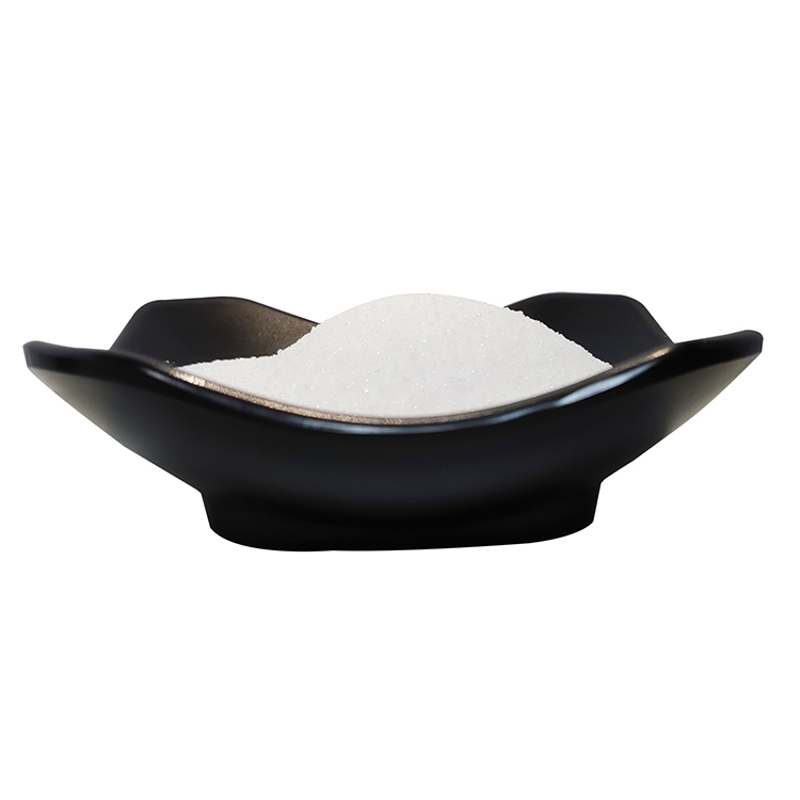-
Categories
-
Pharmaceutical Intermediates
-
Active Pharmaceutical Ingredients
-
Food Additives
- Industrial Coatings
- Agrochemicals
- Dyes and Pigments
- Surfactant
- Flavors and Fragrances
- Chemical Reagents
- Catalyst and Auxiliary
- Natural Products
- Inorganic Chemistry
-
Organic Chemistry
-
Biochemical Engineering
- Analytical Chemistry
-
Cosmetic Ingredient
- Water Treatment Chemical
-
Pharmaceutical Intermediates
Promotion
ECHEMI Mall
Wholesale
Weekly Price
Exhibition
News
-
Trade Service
Today, when healthy diets are increasingly being promoted, people pay more attention to choosing healthy foods.
What is the role of dietary fiber?
1.
2.
3.
4.
5.
6.
How to get enough dietary fiber?
The dietary fiber in food mainly comes from plant foods, such as fruits, vegetables, beans, nuts and various cereals
The food processing method and precision have a great influence on the retention of dietary fiber
In the choice of staple food, it is recommended to match coarse and fine, often eat some coarse grains, whole grains and whole grains
In addition to coarse grains, vegetables such as celery, water spinach and other stem and leaf vegetables, kelp, laver, shiitake mushrooms and other fungi and algae, such as oyster mushrooms, shiitake mushrooms, kelp, laver, etc.
The "Dietary Guidelines for Chinese Residents (2016)" recommends 250-400 grams of cereals and potatoes per day, including 50-150 grams of whole grains and miscellaneous beans
It is worth noting that although whole grains have many health benefits, patients after digestive system surgery or elderly people with reduced digestive system function need to consume them in moderation
When choosing whole grain foods, pay attention to these 5 points
1.
It should be whole grains such as corn, black rice, oats and the like
2.
Food ingredients should contain a larger proportion of whole grains
.
There is a reference data: the US Food and Drug Administration stipulates that foods containing ≥51% whole grains in ingredients can be claimed as "whole grain foods"
.
3.
Look at food labels
For example, words such as "whole oats", "whole grain corn", "whole wheat flour" and other words are written, and they are consistent with the ingredients on the food label
.
4.
Food ingredients
For example, "nutritious oatmeal" with more white sugar and vegetable oil powder is far less healthy than "pure oatmeal", so it is recommended not to use it
.
5.
Learn to identify
For example, exaggerated promotion of "multi-grain", "high fiber", "100% wheat", etc.
, because these foods may only add bran in order to increase the content of dietary fiber, but the germ part is missing
.
Text/Dr.
Ma Health Team, Dr.
Zhang Na







